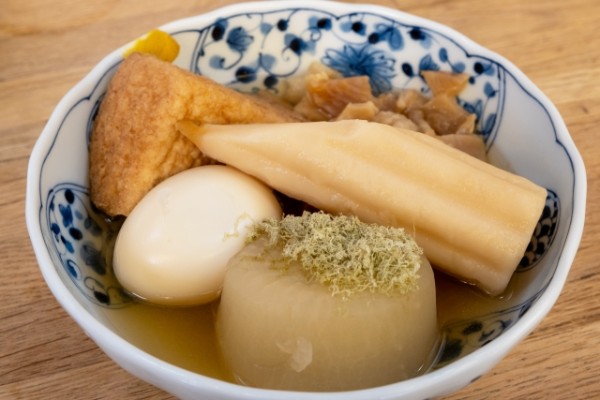Seasonal Foods in Japan: A Culinary Journey Through the Four Seasons
Japan has distinct four seasons, with different seasonal foods available during spring, summer, autumn, and winter.
Each food has its own peak time, called "shun," when it is most delicious and nutritious.
"Shun" refers to the season when vegetables and fruits are naturally grown and when fish are abundant. While this peak period varies for different foods, it is always the time when they are most delicious and nutritious. Eating ingredients that signal the arrival of each season is one of life's pleasures. By consuming seasonal foods, we can experience the gifts of nature and the changes of the four seasons.
What Are Seasonal Ingredients?
Japanese people have traditionally placed great importance on seasonal foods. The term "shun" refers to the period when a particular food's harvest is at its peak during the year. This applies not only to vegetables and fruits but also to seafood, whose catch varies with spawning seasons and water temperatures. This is when ingredients taste their best, and seasonal foods and dishes allow us to experience the changing of seasons.
Here, we'll introduce which seasonal foods reach their peak during spring, summer, autumn, and winter.
Sakura Mochi
A delicate pink rice cake wrapped in a preserved cherry blossom leaf, symbolizing the arrival of spring
Takenoko (Bamboo Shoots)
Young bamboo shoots harvested in early spring, often used in tempura, rice dishes, and simmered preparations
Strawberries
Japanese strawberries are particularly sweet and arrive in abundance during spring
Spring Onions
Fresh and tender green onions used in numerous dishes, especially in tempura and as garnishes
Unagi (Grilled Eel)
A traditional summer delicacy believed to provide stamina during hot months
Cold Somen Noodles
Thin, delicate wheat noodles served chilled with a light dipping sauce
Edamame
Fresh green soybeans in their pods, typically served salted and chilled
Watermelon
Japanese watermelons are renowned for their sweetness and are a summer staple
Hiyayakko (Cold Tofu)
Chilled tofu topped with ginger, green onions, and soy sauce
Matsutake Mushrooms
Rare and expensive mushrooms with a distinctive aroma, considered a luxury autumn delicacy
Sanma (Pacific Saury)
Grilled fish that is particularly delicious during autumn
Sweet Potatoes
Roasted or used in various desserts, these become especially popular in autumn
Persimmons
Both sweet and astringent varieties are enjoyed fresh or dried
Chestnuts
Used in both sweet and savory dishes, from Mont Blanc desserts to roasted snacks
Nabe (Hot Pot)
Various regional hot pot varieties featuring seasonal vegetables and proteins
Mikan (Mandarin Oranges)
Sweet citrus fruits that are abundant during winter
Crab
Snow crab and king crab are particularly prized winter delicacies
Daikon Radish
Used in numerous winter dishes, often in soups and simmered preparations
Oden
A warming winter stew with various ingredients like fish cakes, boiled eggs, and vegetables

In foreign countries, the concept of "shun" (seasonal peak) is not as widely recognized as it is in Japan. In contrast, Japan with its distinct four seasons places great emphasis on enjoying "shun" ingredients in each season. Seasonal ingredients are considered to be at their most delicious and nutritionally rich during their peak time, and they are widely incorporated in everything from home cooking to high-end cuisine. One theory suggests that this cultural practice has been influenced by the spirit of "ichigo ichie" (one-time encounter) from kaiseki cuisine, which originated in the tea ceremony. "Ichigo ichie" represents the mindset of cherishing each encounter, and in cuisine, it embodies the philosophy of maximizing the benefits of each season's bounty.
Each season in Japan brings its own unique culinary treasures, reflecting the country's deep connection to seasonal changes and local agricultural traditions.
update